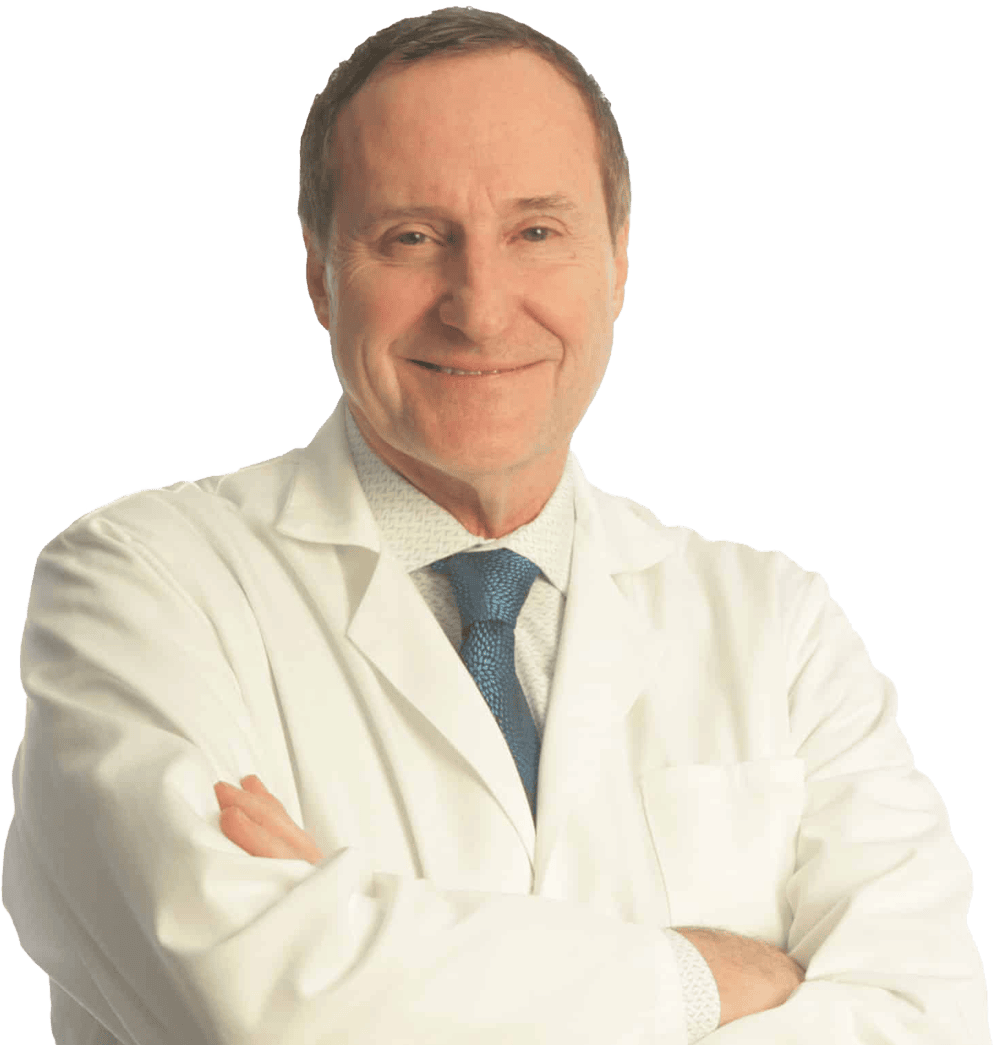
Stay updated on the latest media coverage featuring Dr. Steven Quay’s groundbreaking work in biotechnology and medical research. Explore recent news articles and press releases highlighting Dr. Quay’s contributions, from his insights on breast cancer therapeutics to his expertise in understanding infectious diseases like COVID-19. Delve into the forefront of healthcare innovation through valuable perspectives and advancements shaping the future of medicine.
Join Dr. Quay’s ElevatorMedicine™ and get FREE, QUICK TIPS for better living, health, and wellness that take less time than riding an elevator!